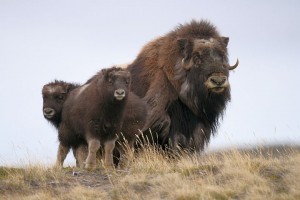I’ve been talking about the idea that a campaign in an RPG can be either following the entire adventuring life of the player characters, or be an episodic series of their greatest adventures. Though I’ve run all my previous campaigns in the “life story” style and all the games I’ve played where either this or one-shots, I am actually much more fond of the later one. Part of it is because most of my campaigns are short and never make it to a grand finale and I really want more opportunities to run adventures for Big Damn Heroes for a change. But I think in a campaign that is driven by events and developments in the game world, as opposed byfighting and treasure huting in isolated dungeons, it’s actually a more effective approach.
A common issue many people have with “epic” campaigns and adventure paths, is that no-name 1st level characters rise to be the most poweful people in the world in just a few months or even weeks, while NPCs supposedly take decades or centuries to get there. It works better in action movies, where an Average Joe only needs an extraordinary crisis to unleash the fighting beast that has always been sleeping inside him, and lots of videogames of the RPG genre make the samemistake, as they want to show off all the sweet high level abilities offered by the source material in a single story. Two games that handled this aspect reasonably well are Mass Effect, where you you start as an elite veteran and unlock new abilities over time only for gameplay reasons, and Dragon Age 2, which does follow the episodic format and has almost 4 different stories from various moments over a 10 year period.
In the context of a campaign, Mass Effect would be a case of starting at a high level with few increases of character strength, while Dragon Age 2 only shows the moments in the characters life where they made significant increases in experience and power. For myself, I’ve made the descision of following the episodic approach, skipping over all the uneventful patrols of the roads and borders, and explorations of dungeons that turned out to be empty. But what kinds of adventures are actually worth telling?
Continue reading “A worthy Quest”

